NIL
Rich Rodriguez Openly Discusses NIL Issues on College GameDay Podcast
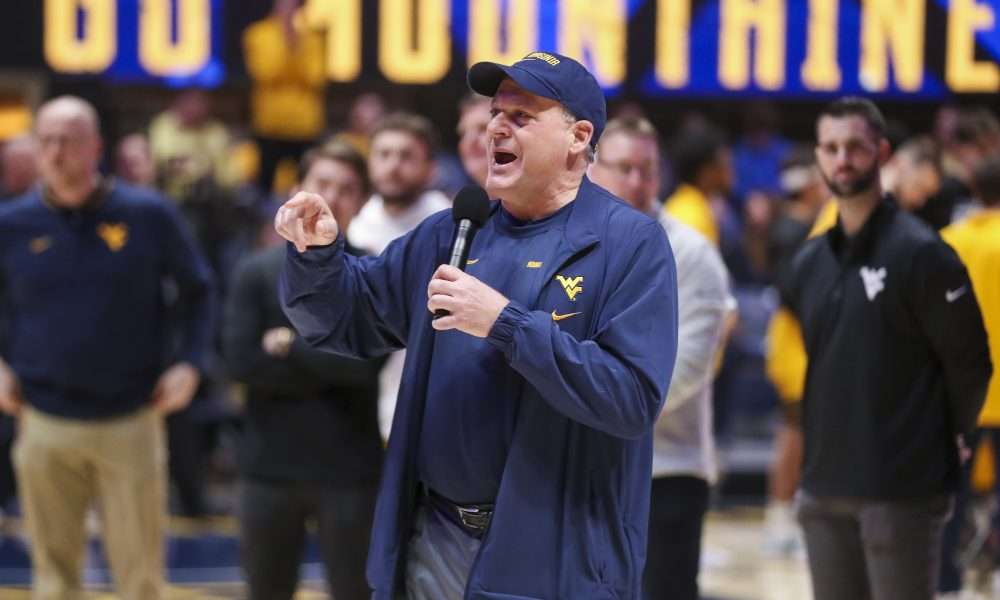
While it’s no secret that college football is in an awful spot, West Virginia‘s new head coach, Rich Rodriguez, made a powerful statement about just how tough things are.
Rodriguez recently appeared on the College GameDay Podcast with Rece Davis and Pete Thamel and referred to college football’s current landscape as the “NFL on steroids.”
“The goalposts have certainly moved a long way, and you have to adapt to it,” Rodriguez said. “You just throw your hands up. It’s really hard to build a program when you have open free agency every year.”
“The NIL and paying them is one part,” Rodriguez continued. “It’s like the NFL on steroids. But the biggest part is the open free agency. There’s no rookie salary cap, there’s no three-year contracts. That makes it really, really difficult. But that is what it is.”
In his first year back in Morgantown, Rodriguez has answered the call admirably, putting together an impressive class of incoming talent through the transfer portal. The Mountaineers sit at No. 4 in the Big 12 regarding overall class rankings, and No. 31 in the country.
Rodriguez finished his thoughts by expressing his commitment to creating a positive culture, saying, “You’ve got to be open and honest with your players. We’ve done that – we’ve tried to do that in the last four or five months – and that way, our culture’s going to be set for not just now, but next year and the year after that.”
Rodriguez will get his first shot back on the sidelines in Morgantown when West Virginia kicks off their season on Saturday, August 30th, vs. Robert Morris.

NIL
Dengler Domain: College Football | News, Sports, Jobs
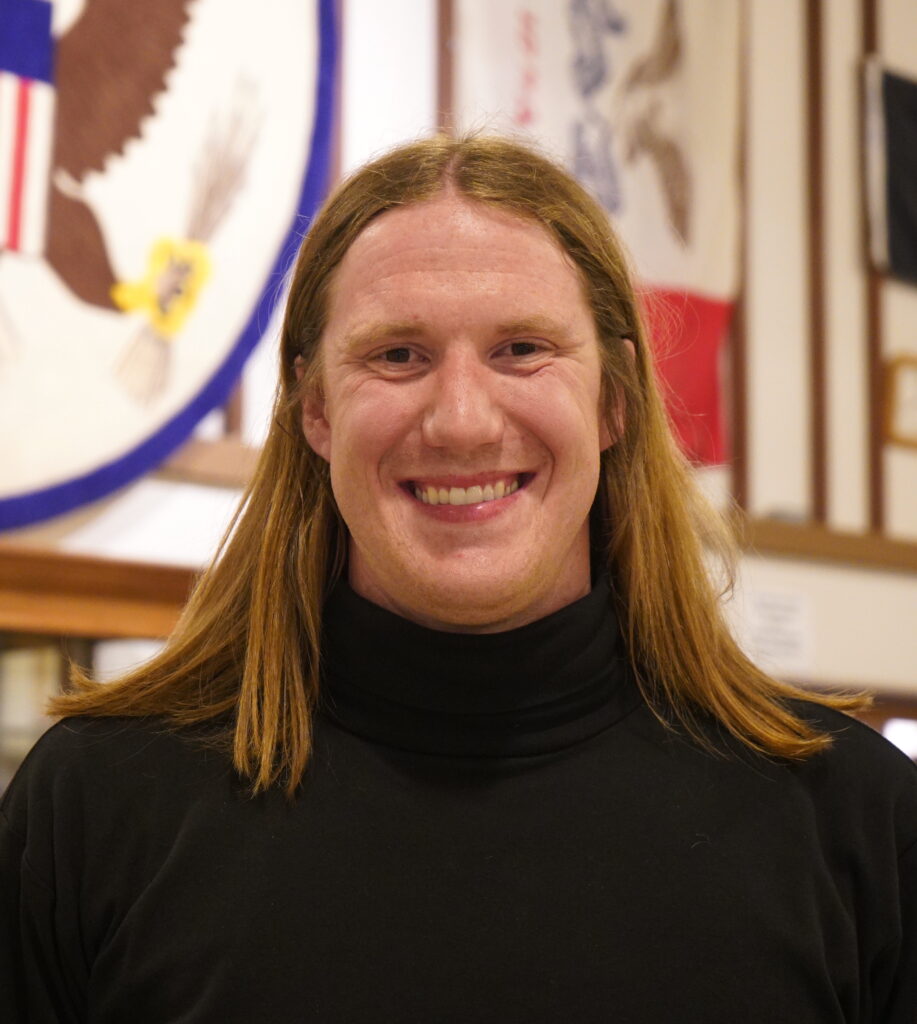

Sean Dengler.
College football is a mess. Talent is not worse, but something about the game feels off with where the sport is heading. The façade of being on scholarship was all which mattered did not make sense in comparison to when coaches started making lucrative salaries and athletic conferences began signing rich media rights deals. Being compensated for their time made sense, but the way they are being paid feels like the Wild West. With schools bidding on players, other athletes sitting out mid-season to transfer to a new team the next season, and athletes feeling like mercenaries, hopping from one team to the next.
NIL was supposed to have the athletes starring in a local car dealership advertisement. What has happened from the fan’s perspective is it feels like it has become easier to buy the best team. Using merit to succeed has fallen to the wayside while money solves the problems. This has left an unregulated, gross feeling hovering above college football. Change needs to come where athletes are paid their worth, but they also do not feel like mercenaries. The bond between players and fans from building a program instead of buying one is falling to the wayside.
The loss of regionalism in athletic conferences has also created friction. The Big Ten and the SEC started this trouble, but the ACC and Big 12 have also pushed to reach coast to coast while destroying a historic conference, PAC-12, in the process. If our grandparents’ generation found out the Hawkeyes were playing at Rutgers, and the Cyclones were playing at the University of Central Florida, they would roll over in their grave twofold.
This loss of regionalism and the mercenary aspect show the fractures Americans see in their society. Like the rest of society, and what has changed from the past is capital is king. College football has become about the bottom line. Athletes are quick to change their situation if met with a tiny bit of friction while universities sell out their fanbases to join conferences which make zero regional or numerical sense.
“Not falling behind” is the excuse given for why these decisions are being made. Change must happen because it is a different world. Society has seen this type of comment before in other parts of society. When it comes to agriculture, it was “go big or go home.” This has led to rural towns hollowing out, medical clinics closing, and churches and schools consolidating. This has all come in the name of “change was needed.” The only ones benefiting from the change are those hoarding the capital at the expense of the loss of the collectiveness everyone else enjoys from college football.
College football is also following the rest of the American economy where it forms a free market ensuring fair competition, minus athletes getting paid but this would work under the right conditions, to where a lot of markets like college football are less regulated and the one with the most capital has the best chance at succeeding. Whether having college football like this be the best for society does not matter because this is how the “market” is supposed to be. The big get bigger, the smaller get smaller, and those in the middle continue to hollow out.
Whether college sports, agriculture, or other parts of society, this is the current path. Until Americans decide to make markets about fair competition and not one decided by the few at the top, this problem will keep existing throughout society. The mess college football is in is a symptom of this bigger problem. To change, we all will need to fight for a better, more fair American society.
Sean Dengler is a writer, comedian, now-retired beginning farmer, and host of the Pandaring Talk podcast who grew up on a farm between Traer and Dysart. You can reach him at sean.h.dengler@gmail.com.
NIL
College football’s transfer portal officially opens Jan. 2. What to know about player movement :: WRAL.com
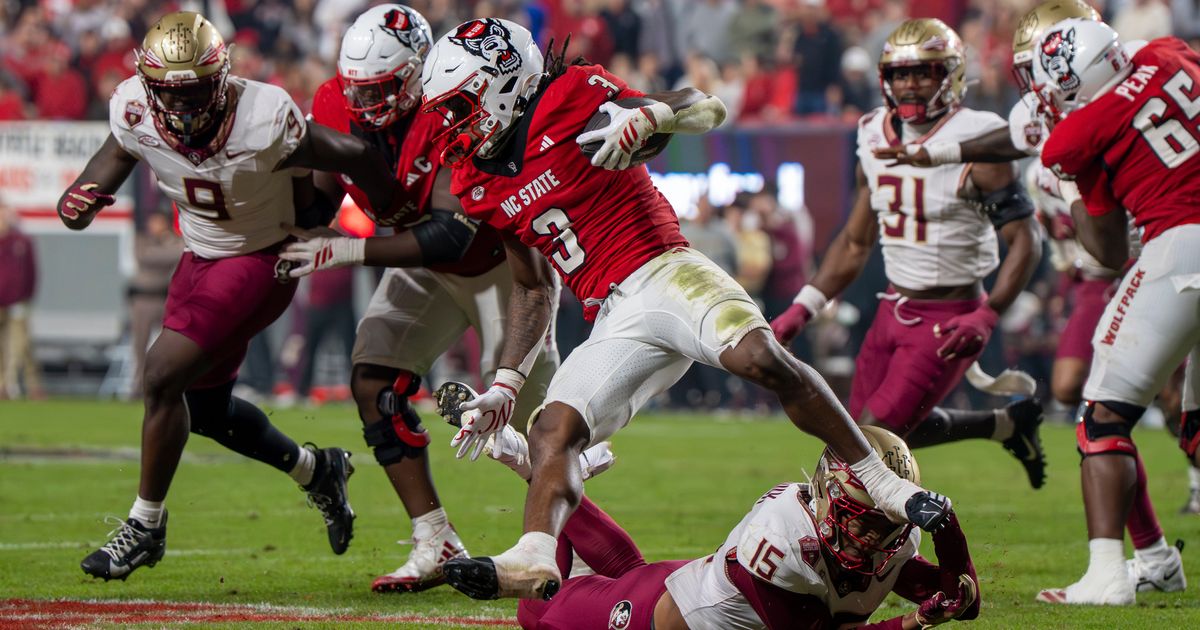
The college football season isn’t over yet and won’t be for several weeks, but the sport’s offseason, if you can even call it that, has been in full swing for quite some time — hirings, firings and players announcing they’re returning or leaving or heading to the NFL.
Many players already know where they’re headed, having worked out deals through agents with new schools. Everyone can begin making it official Jan. 2, the official start of college football’s transfer window.
Unlike in previous years, there is just one transfer window. Players will not have the opportunity to change teams later in the spring. The NCAA approved the change to a single window in October, hoping to bring a little more stability to the sport — if such a thing is possible in college football.
MORE: College football transfer portal tracker for Duke, North Carolina and North Carolina State
Although schools are limited to spending $20.5 million to directly pay athletes, the cost to lure and keep any individual player continues to rise, especially for quarterbacks. ESPN’s Pete Thamel reported that the market for top quarterbacks could reach $5 million.
Duke’s Darian Mensah was among the highest-paid quarterbacks this season, at a reported $4 million. Mensah, the ACC leader in passing yards and passing touchdowns in 2025, has said he would return to the Blue Devils for the 2026 season.
There are several high-profile quarterbacks who intend to transfer, including TCU’s Josh Hoover, Nebraska’s Dylan Raiola, Cincinnati’s Brendan Sorsby. NC State’s CJ Bailey could add to the list. High-profile programs like Indiana, Miami and LSU are in the market for quarterback transfers.
Despite the change to a single window, it’s not perfect. The portal is open from Jan. 2 to Jan. 16, while the College Football Playoff is happening. It closes before the national championship game. Players on those two teams can enter the portal from Jan. 20 through Jan. 24.
Players need only to enter the portal during the window. They don’t have to choose their school during that time. However, the school calendar plays a role if players want to participate in spring practice.
Players have been entering the portal – not a physical place, just a NCAA database — since the regular season wrapped up in late November.
More than a dozen North Carolina players, for example, plan to transfer from Bill Belichick’s program, including leading tackler Khmori House, standout defensive end Tyler Thompson and running back Davion Gause.
NC State running back Hollywood Smothers, an All-ACC first-team selection, skipped the team’s bowl victory over Memphis and plans to transfer or enter the NFL Draft.
Coaches signed new recruiting classes in early December without knowing exactly what spots they might need to fill.
“You take your high school class based on who you know is leaving the program, like we’ll do our seniors and things like that,” NC State coach Dave Doeren said in December. “That’s where the portal now has to supplement. You may have more attrition than you expected at a certain position and you didn’t sign as many high school players as you needed.”
Coaches led the push from the old system which had a transfer window in December (one of the busiest months of the calendar for coaches) and another in April after most programs completed spring ball. Some pushed for the single window to be in the spring, and the NCAA initially adopted a 10-day period, before extending it to 15 days.
“Every college coach would tell you that our calendar is just not in sync with the demands of what’s happening in our sport,” Doeren said. “We need to get our arms around that to make our jobs a little bit easier from a planning standpoint.”
The new single window does help with that. Rosters are locked in early in the year.
UNC made heavy use of the post-spring portal in 2025, after the mid-December 2024 hiring of head coach Bill Belichick, and lost several key players as well. Many programs have stopped holding traditional spring games, in part due to concerns that other coaches could scout those games and try to pluck players from their roster.
“The best thing about this year is that on Jan. 17, the portal will close and you’ll be able to build your team, knowing that when you go to spring ball, that is your team,” UNC general manager Michael Lombardi said. “Knowing that when you go through your offseason program, that is your team.”
NIL
Lane Kiffin receives $500,000 payout from LSU after Ole Miss advances to College Football Playoff semifinal
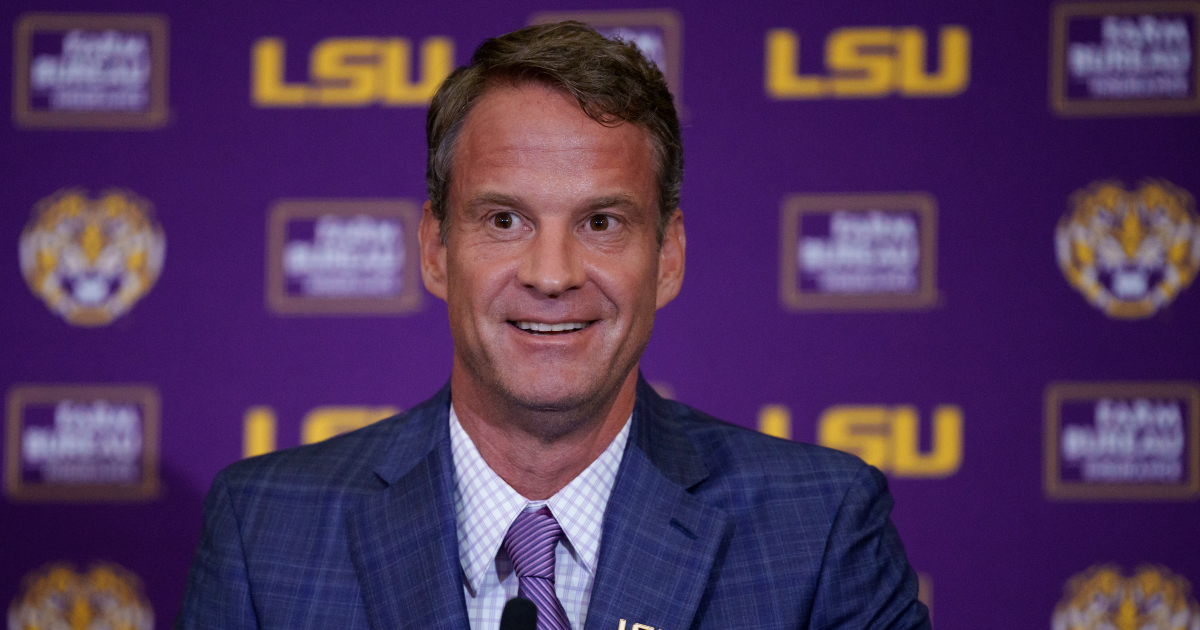
With Ole Miss’ Sugar Bowl victory over Georgia in the Sugar Bowl, Lane Kiffin will receive another bonus. Per the terms of his contract at LSU, he will get the $500,000 he would have gotten from the Rebels for advancing to the College Football Playoff semifinal.
Kiffin was already set to receive a payout as a result of Ole Miss’ first-round win over Tulane. That set him up for a $250,000 payday, which was the amount he would have received from the school if he was coaching in the game. Now, that figure will go up.
After Kiffin’s high-profile departure for LSU, Pete Golding took over as Ole Miss’ full-time head coach. But the Tigers said they would include “ancillary benefits” in Kiffin’s deal with the Rebels, and that means a $500,000 payout because his former program is advancing in the CFP.
Kiffin’s high-profile departure for LSU came after Ole Miss took down Mississippi State to complete the first 11-win regular season in program history. It also helped the Rebels virtually secure a spot in the College Football Playoff, and they hosted the first-round game on Saturday.
Per the terms of Kiffin’s contract at Ole Miss, there would be two more escalators if the Rebels keep going in the CFP. His payout would increase to $750,000 if they advance to the national championship and go up to $1 million if Ole Miss wins it all. LSU vowed to pay that same amount after Kiffin’s departure prior to the postseason.
“Coach will be entitled to receive a payment in an amount equal to the amount Coach would have been entitled to receive had he remained Head Coach at Coach’s immediate prior employer and coached the prior employer’s football team through the 2025-26 CFP,” Kiffin’s contract at LSU reads. “… If applicable, the payment under this section may be paid from affiliated foundation funds and shall be paid within 30 days following the prior employer’s team being eliminated from the 2025-26 CFP.”
Ole Miss takes down Georgia in thrilling Sugar Bowl
Ole Miss and Georgia square off in a thriller at the Sugar Bowl in New Orleans on Thursday. The two teams combined to score 30 points in the fourth quarter as the Rebels rallied to take down the Bulldogs, 39-34.
Trinidad Chambliss had a monster day, completing 30 of 46 passes for 362 yards and two touchdowns. Harrison Wallace III also had a career night, hauling in nine receptions for 156 yards and a touchdown. De’Zhaun Stribling also had a big performance with seven receptions for 122 yards.
For Golding, it marks a second straight victory as head coach after taking over for Lane Kiffin. Ole Miss will now get ready to take on Miami in the Fiesta Bowl.
NIL
Football Transfer Portal Chaos Continues Despite New Rules
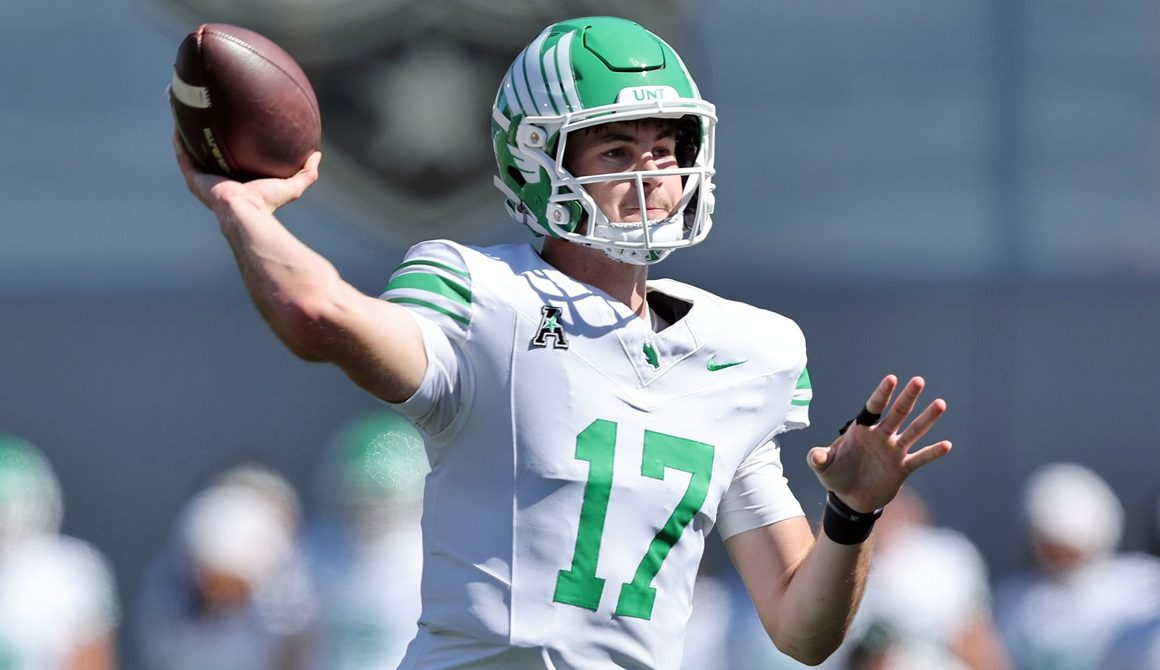
NIL
Indiana football destroys Alabama at Rose Bowl to advance to Peach Bowl
Jan. 1, 2026Updated Jan. 2, 2026, 12:20 a.m. ET
PASADENA, Ca. — The singing starts early in the fourth quarter of the Rose Bowl, where the clouds are rising above the San Gabriel Mountains and the No. 1 Indiana Hoosiers are just destroying No. 9 Alabama. This is a 2025 College Football Playoff quarterfinal, serious business, but the IU football crowd has been having a blast, and they know what to do when this stadium in Southern California starts playing Bloomington’s John Mellencamp over the loudspeakers.
NIL
Texas Tech’s College Football Playoff reality check just made a transfer QB rich
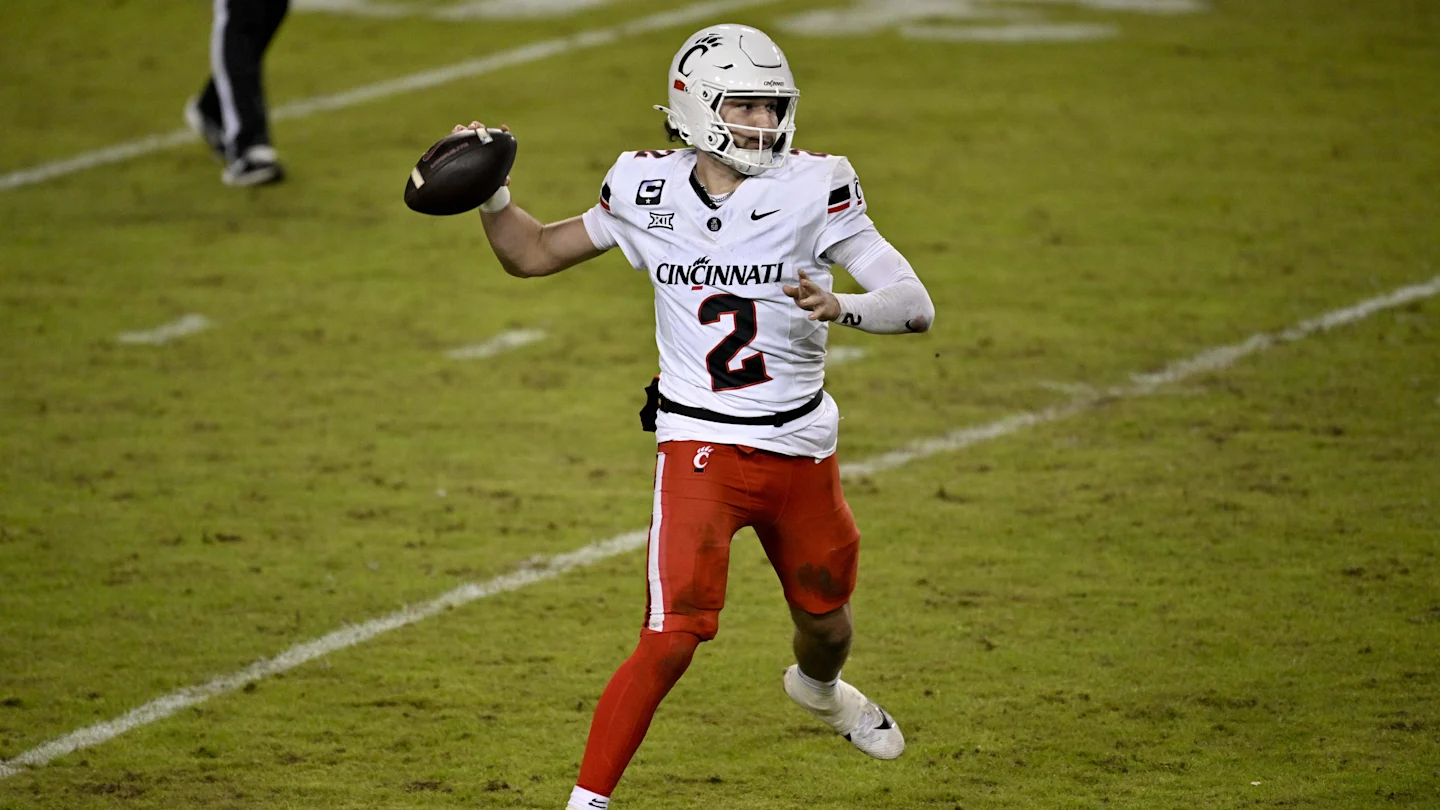
The Texas Tech Red Raiders are currently trailing Oregon 13-0 in the College Football Playoff quarterfinals, putting a loaded team on the brink of elimination. Given how bad the offense has looked for this team, the fanbase is already moving on to the offseason, as even with a comeback win in this game, Texas Tech isn’t good enough on offense to win the National Championship.
The biggest flaw with this offense seems to be the play of their quarterback, Behren Morton, who’s had a brutal day with 3 turnovers early in the 4th quarter. Given the fact that Behren Morton is out of eligibility, Texas Tech needs a new quarterback, and the fans are swinging for the fences.
Texas Tech fans are begging for Cody Campbell to pay Brendan Sorsby
On Friday, the Transfer Portal in college football will open, and Texas Tech fans are hoping that Cody Campbell and the Red Raiders spend big to continue building up this roster. The overwhelming biggest wish by the fanbase and outsiders is quarterback Brendan Sorsby.
The asking price from Brendan Sorsby to Texas Tech might be going up after that first half…
— Jordan Sigler (@JordanSig) January 1, 2026
While Oregon will advance if the score holds, everyone believes whichever quarterback Texas Tech ends up adding is the true big winner.
The Texas Tech NIL boosters are going to cut an unbelievable check for a QB upgrade this offseason, which makes someone like Brendan Sorsby an indirect winner of this Orange Bowl
— Waleed Khalid (@AnimalMan7) January 1, 2026
Texas Tech might add another zero to that NIL offer to QB Brendan Sorsby…
— Dane Brugler (@dpbrugler) January 1, 2026
The members of the media even seemingly believe that Brendan Sorsby is destined to be a Red Raider.
Overheard in the press box:
“Can they get Brendan Sorsby here by the fourth quarter?”
— Andy Staples (@AndyStaples) January 1, 2026
Cody Campbell specifically is being begged by the fans to go improve this team on offense, especially at quarterback.
Oh .@CodyC64 how much can you spend on an O-Line and Sorsby? #WreckEm
— Stacy G ❤️🖤👆🏻❤️💙 (@smgttu98) January 1, 2026
@CodyC64 please get us a QB 🙏🏽
— Alan Montoya (@alanj_montoya) January 1, 2026
Pay Sorsby any amount of money @CodyC64
— TTUMakesmesad (@TTUmakemesad) January 1, 2026
It’ll now become interesting to see where Texas Tech and Cody Campbell look to find their quarterback in the Transfer Portal. Backup QB Will Hammond showed a ton of promise, but his season ending injury may change the plans at quarterback.
Brendan Sorsby is ranked as the top quarterback in the Transfer Portal in our latest Transfer Portal Quarterback Rankings. Between his experience in the Big 12, his talent level, and the fact that his girlfriend now plays volleyball at Texas Tech, the pairing seems like a perfect fit, but both sides will need to lock the deal in.
-
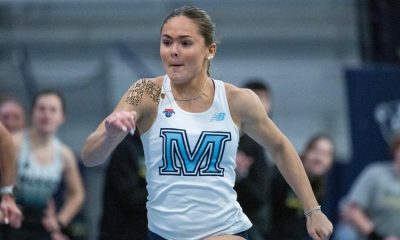
 Sports3 weeks ago
Sports3 weeks agoMaine wraps up Fall Semester with a win in Black Bear Invitational
-

 Motorsports2 weeks ago
Motorsports2 weeks agoRoss Brawn to receive Autosport Gold Medal Award at 2026 Autosport Awards, Honouring a Lifetime Shaping Modern F1
-

 NIL3 weeks ago
NIL3 weeks agoNike Signs 10 LSU Athletes to NIL deals
-

 Rec Sports2 weeks ago
Rec Sports2 weeks agoStempien to seek opening for Branch County Circuit Court Judge | WTVB | 1590 AM · 95.5 FM
-
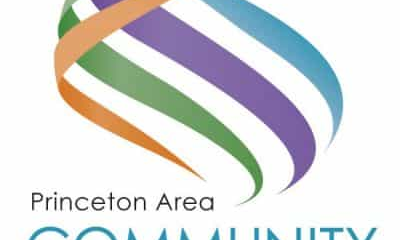
 Rec Sports2 weeks ago
Rec Sports2 weeks agoPrinceton Area Community Foundation awards more than $1.3 million to 40 local nonprofits ⋆ Princeton, NJ local news %
-
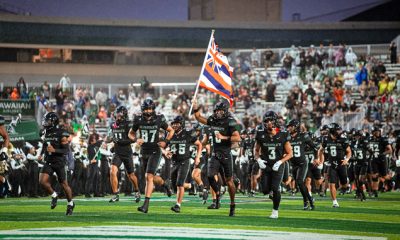
 NIL2 weeks ago
NIL2 weeks agoDowntown Athletic Club of Hawaiʻi gives $300K to Boost the ’Bows NIL fund
-

 NIL3 weeks ago
NIL3 weeks agoMeet The Two Oregon Freshmen Ready To Make Ducks History Under Dan Lanning
-
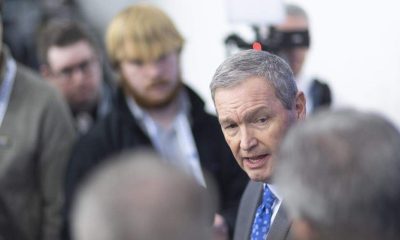
 NIL2 weeks ago
NIL2 weeks agoKentucky AD explains NIL, JMI partnership and cap rules
-

 Motorsports3 weeks ago
Motorsports3 weeks agoPRI Show revs through Indy, sets tone for 2026 racing season
-
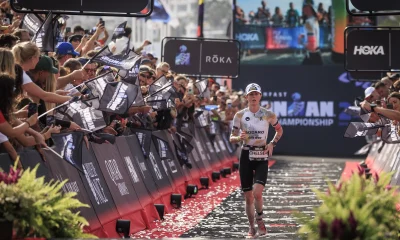
 Sports2 weeks ago
Sports2 weeks agoYoung People Are Driving a Surge in Triathlon Sign-Ups






























